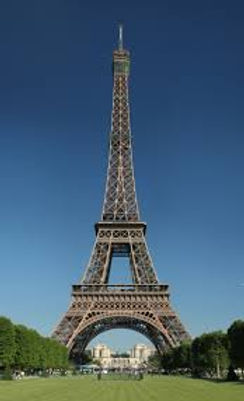ILLUSTRATION A
Large size in Hellenistic architecture was expressed both in pure literal size (e.g. platform dimensions, height & size of columns) but also in the multiplication of column arrays, often with more rows of columns being employed.
Examples of Apollonian “bigness” includes:
Stoa of Attalos (a covered walkway or portico) in the Agora of Athens, built by & named after King Attalos II of Pergamon (ruled 159-138 BC); more elaborate & larger than the earlier buildings of Athens, 377 ft. x 66 ft, made of Pentelic marble & limestone, using different architectural orders, the Doric for the exterior colonnade on the ground floor with Ionic for the interior colonnade.

Temple of Apollo at Didyma: (construction began in 313 BC) immense in size, never completed lacking pediment or a cornice & much of the sculptural ornamentation; designed by the architects Paionios of Ephesus and Daphnis of Miletus; its site was vast with interior court (71 ft x 175 ft) dipteral in form, with a double row of 108 columns, 65 feet high surrounding the temple; it uses a series of imposing spaces from the exterior colonnade to the oracle rooms & courtyard (with its shrine to Apollo), employing theatricality & drama to enhance the experience of the viewer, with its dark interior opening into a bright and open courtyard, an approach radically different from the perfected Classical plan, focused on symmetry & harmony. It was 53 ft. longer then the Parthenon and 30 ft. wider.

Temple of Olympian Zeus in Athens (aka the Olympieion) redesigned in the 2nd century BC using the Corinthian order on a colossal platform 134 ‘ x 353’, to have 3 rows of 8 columns on front & back with a double row of 20 on the flanks surrounding the cella (in all 104 columns); the columns are 55 ft high, & 6.5 ft in diameter. Project halted in 164 BC & temple remained incomplete for another two centuries. Later, under Emperor Hadrian during the Empire, it was completed with the giagantic columns & became renowned as the largest temple in Greece with the largest cult statues in the world.

Faustian "bigness" is also very evident in the 19th & 20th centuries. The common feature in all the illustrations is their strong vertical element.
A few examples of the Faustian “bigness” includes:
Chrysler Building (1929-32) by William Van Alen rising 67 stories & 808 feet, and the Empire State Building (1930-31) by Shreve, Lamb & Harmon, of 1930-31, rising to 102 stories & 1,250 feet. Both are considered Art Deco skyscrapers & both are in NY city. Size here is expressed in the reach upward extending into space.


Not all Faustian "bigness" is found in secular buildings- The Basilica of the National Shrine of the Immaculate Conception (construction began 1920, completed 2017) Catholic minor basilica, Washington, D.C., largest Christian church in the USA, 2nd only to St. Peter's Basilica. It is a more traditional non-secular monument

The Eiffel Tower (1887 to 1889) wrought-iron lattice tower in Paris, France; designed & built by Gustave Eiffel, it is 1,063 ft tall, the same height as an 81-storey building
